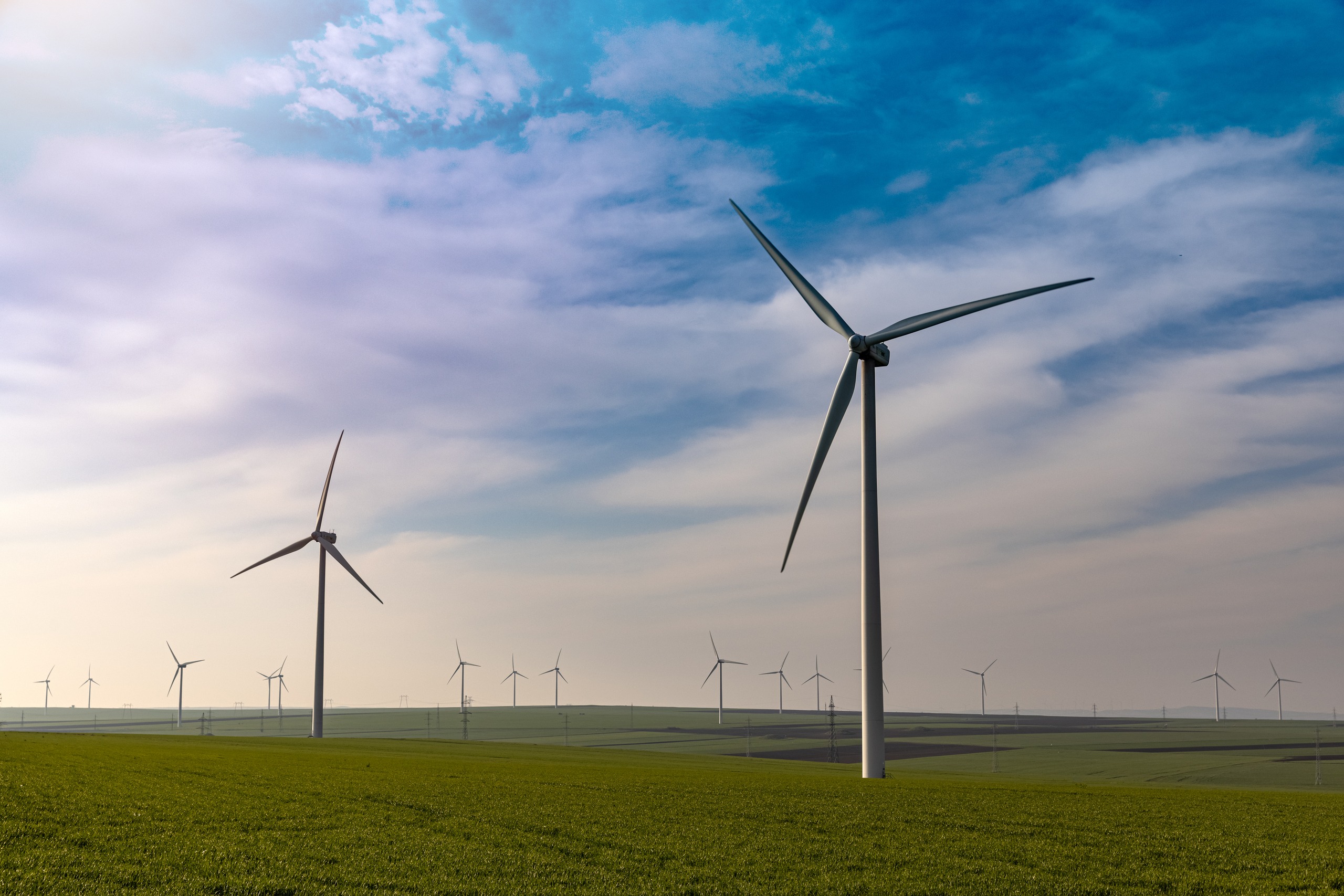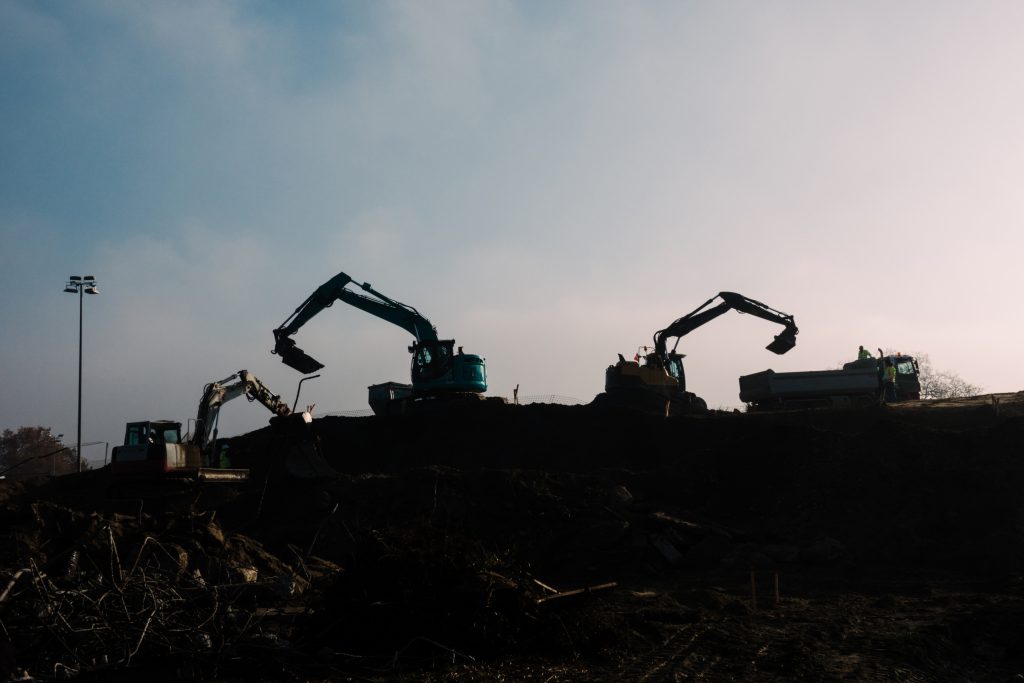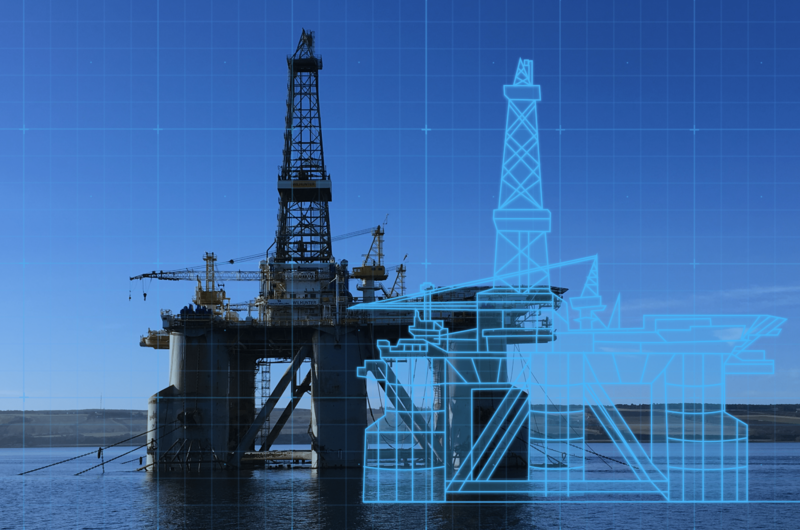Climate change is a global emergency that needs immediate action. According to the UN, the industrial sector is responsible for at least 21% of the generated emissions, actively contributing to global warming.
The industrial sector is well aware of its responsibilities and now is seeking, through digital transformation, to align its operations with ESG (Environmental – Social – Governance) principles.
Read more: Key principles for the ESG concept
Among all the measures required to align operations with the agreements pre-established by the Paris Agreement is the containment of global temperature by no more than 2º Celsius per year. For this to be possible a series of measures are on the agenda. These are:
- Decarbonization of the operation
- Carbon capture
- Greater energy efficiency
- Conscious use of natural resources
- Energy transition
- Facilitating access to renewable energy sources
Renewable energy: a possible path to sustainability
Often confused with clean energy, renewable energy is energy production from natural or replenishable sources.
Although they are great alternatives to fossil fuel-based energy, not all renewable sources are also completely clean.
Processes such as hydroelectric power plants and biomass are still liable to environmental impact, as we shall see below. However, options such as solar energy from photovoltaic panels and wind energy have proven to be great options, with good energy yield and almost zero environmental impact.
Photovoltaic Energy
Solar energy has the best potential for scalability, considering that its source is the sun, which supplies the earth with energy on a daily basis. The energy potential provided is very large. According to a study by NREL, the energy capacity generated by the sun on the surface of the earth would be able to feed one year’s consumption of the entire planet.
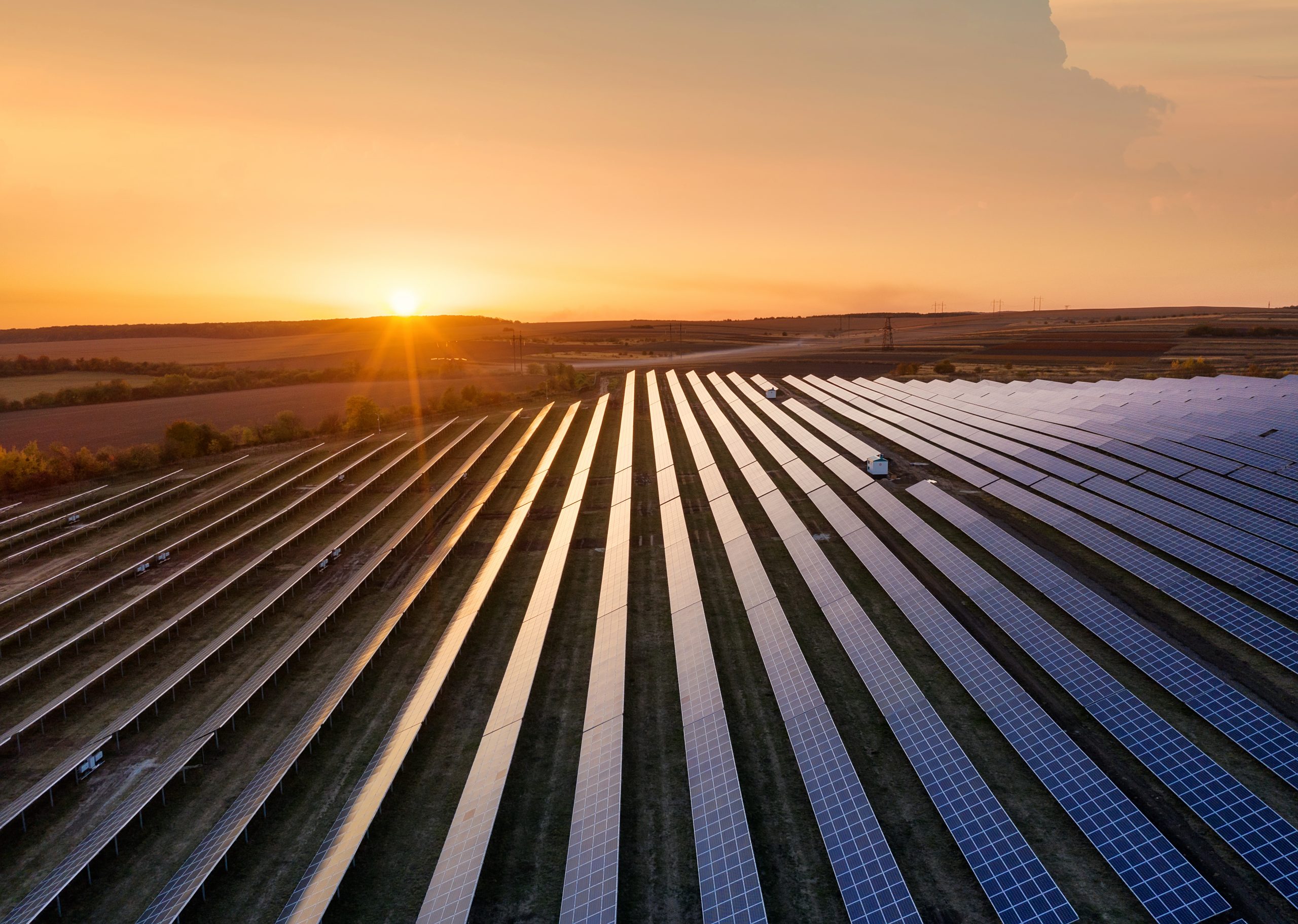
Wind Energy
Wind energy represents approximately 6% of the energy generated in the United States, and is the cheapest source of energy in many regions of the country and the world.
The production of wind energy is made from the mechanical energy obtained by the wind pulling the turbines. Usually, the transformation of this energy is done in wind farms, which consist of hundreds of individual wind turbines connected to the same grid.
In addition to being clean sources of energy, they also have a much greater savings potential in terms of costs. As they are independent of burning, the cost of producing of this type of energy is much more stable than traditional methods.
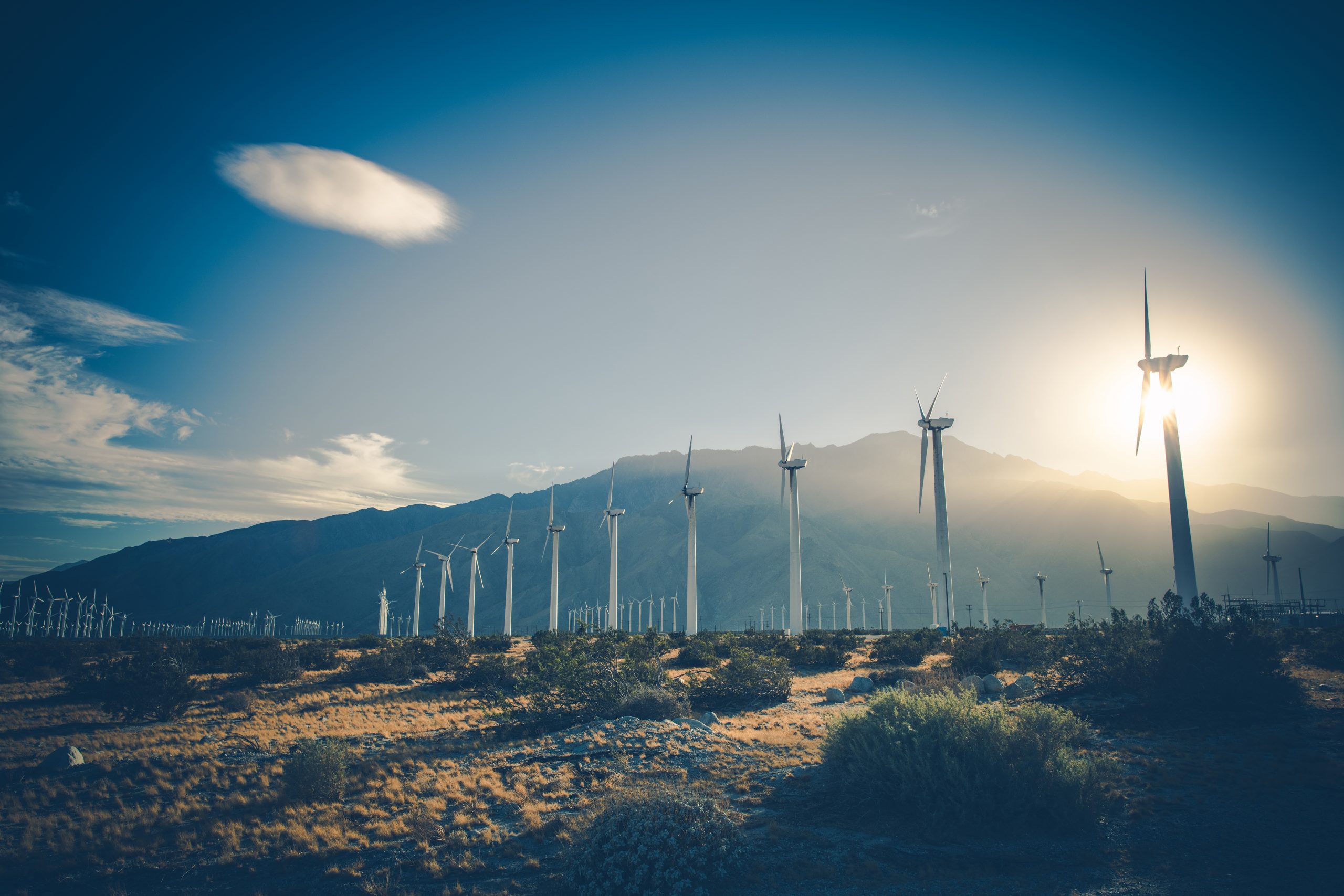
Unsustainable renewable energy
Although the concept of renewable energy is closely related to that of sustainable energy, not all methods of energy production have a low impact on the environment.
Methods of energy production such as hydropower and biomass are examples of this. Both are renewable, but nevertheless have an impact on the environment.
Biomass is a process that involves the burning of organic materials, with energy being produced through the vapor generated by combustion. Because it is a process that involves burning, its consequences are the release of polluting gases into the atmosphere, in opposition to the need of containment of these gases.
The hydroelectric power plants, on its turn, are responsible for impacts in relation to the flow of the affluents, flooding in the surroundings, and affecting the local fauna.
Amidst the great challenges surrounding the future of the energy sector, the rise and popularization of these renewable energy sources has drawn the sector’s attention thanks to the good prospects generated, the costs involved, and the energy potential generated.
According to a report by NRDC, renewables already account for at least one-eighth of energy production in the United States. This share has grown thanks to technological advances and the cheapening of energy production from photovoltaic panels and wind power.
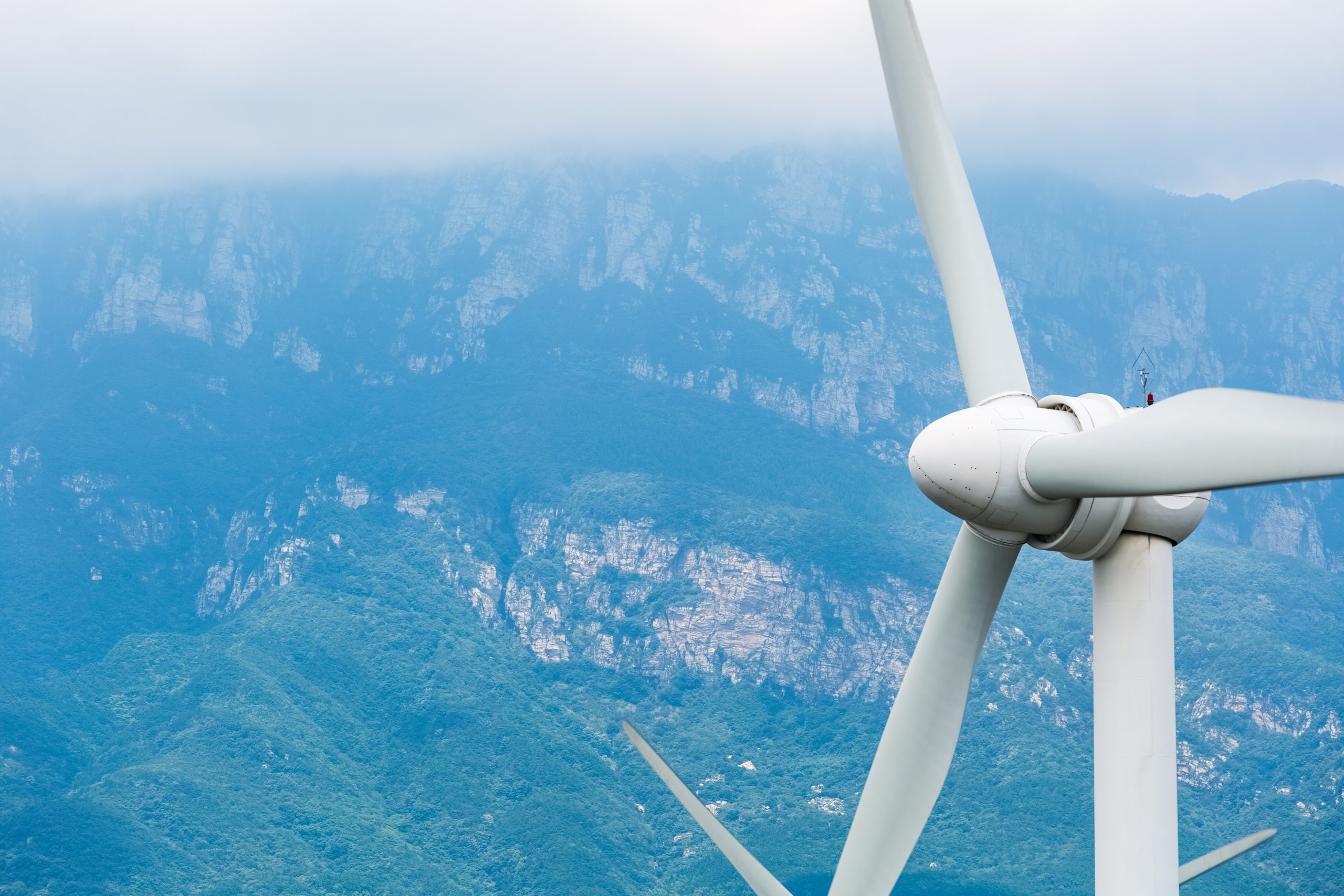
All that is needed now is for the industrial sector to seek the application of these sources in its operations, thus accomplishing the energy transition needed to contain climate change.
Want to understand better, click and learn more!
